The Minolta Riva Zoom 70 is a compact 35mm film camera with a practical 35–70mm zoom, easy automation, and a classic snapshot look. This guide helps you evaluate a second-hand copy, get the most from the camera, and care for it so it keeps delivering simple, dependable results.

Meet the Minolta Riva Zoom 70
The Minolta Riva Zoom 70 is a pocketable 35mm point-and-shoot designed for straightforward shooting. Fully automatic film loading, autofocus, auto exposure, and a built-in flash make it an approachable, budget-friendly way to enjoy analog photography without the learning curve.
If you’re browsing compact film options, it sits neatly in our Point-and-shoot cameras collection, offering portability, ease, and a versatile zoom in a lightweight body.
Evening light softens along the street. A quiet whirr as the zoom nudges wider, a quick flash-lit portrait by the café door—then, later, the gentle buzz at roll end as the camera winds the film home.

Key features and specs that matter
Core optics and automation
- Lens: 35–70mm f/3.5–8.9 zoom for everyday versatility.
- Autofocus and automatic exposure for true point-and-shoot use.
- DX-coded ISO handling (commonly around ISO 100–1600).
Built-in conveniences
- Integrated flash with selectable modes for indoor and low light.
- Power: single CR123A lithium battery; compact, lightweight body.
- Automatic film advance and rewind for standard 35mm film.
These Minolta Riva Zoom 70 specs add up to a camera that stays out of your way—ideal for spontaneous snapshots, travel notes, and everyday moments.

How it shoots: real-world behavior
The 35–70mm range is a sweet spot for street scenes, travel details, and casual portraits. The wide end feels natural for context and architecture; the short tele end tightens framing for people and small moments.
Autofocus is reliable and best when you anticipate. Half-press to lock focus, then reframe. Metering is steady in everyday light; indoors or at night, use the built-in flash to avoid blur. The smooth, lightweight body is comfortable—just keep a steady grip when the shutter fires.
Creative workflows with this camera
Everyday film pairings
- Street and travel: ISO 400 color or B&W for flexibility across sun and shade.
- Flash party snapshots: embrace the crisp, contrasty on-camera flash look.
- Experiments: try cross-processing or expired film for unpredictable textures.
From negatives to edits
Scan your negatives and cut them into digital collages or short video edits for a lo-fi aesthetic. A simple home setup works well and keeps your workflow nimble.

Practical tips and simple accessories
- Carry a spare CR123A battery; they store well and are easy to source.
- Test different films for mood: warm tones (e.g., Kodak Gold), cooler tones (e.g., Fujicolor), or B&W for documentary vibes.
- Digitize with a compact scanner or a DSLR scanning setup for easy sharing.
- Add a wrist strap for security; keep a microfiber cloth to clear the front element.

Second-hand buying checklist for the Riva Zoom 70
When buying a Minolta Riva Zoom 70, prioritize function over cosmetics. Confirm the zoom, flash, transport, and AF all work as intended, and check for age-related issues like tired motors, capacitor faults, corrosion, and sticky finishes.
- Insert a fresh CR123A; confirm power-on and LCD indications (if present).
- Fire the shutter at least a few times; listen for even operation.
- Zoom from 35mm to 70mm and back; ensure smooth, consistent motor action.
- Charge and fire the flash; check recycle time and even illumination.
- Load a test leader or dummy roll; confirm auto advance and smooth rewind.
- Half-press to check AF confirmation; test focus at near and far distances.
- Inspect the lens for haze, scratches, or fungus; check viewfinder clarity.
- Open battery compartment; look for corrosion or residue.
- Open/close the film door; inspect light seals for stickiness or crumbling.
- Note any sticky rubberized surfaces; ensure it doesn’t impede handling.

Power, film, and handling basics
The camera runs on one CR123A lithium cell—carry a spare for peace of mind. It accepts standard 35mm film and reads DX codes to set ISO automatically, commonly from 100 to 1600. Operation is fully automatic: load the film, close the door, and the camera advances and rewinds on its own. Use a wrist strap for security and keep the front element clean to avoid flare or haze.

Expected look: what your photos will feel like
The Minolta Riva Zoom 70’s 35–70mm range yields natural perspectives, from context-rich scenes at the wide end to flattering, tighter frames at short tele. The on-camera flash produces crisp, high-contrast snapshots with a familiar, punchy character. ISO 400 film handles mixed light gracefully, and B&W emphasizes texture and mood. If you enjoy experimentation, cross-processed or expired film can introduce grain, color shifts, and unique character.
Is the Minolta Riva Zoom 70 right for you?
If you want a simple, dependable film experience with a flexible zoom and built-in flash, the Minolta Riva Zoom 70 is a great fit. It’s especially good for beginners, travelers, or creators who prefer a compact camera that lets them focus on the moment. For digital companions and everyday carry alternatives, explore our Digital compact cameras.
Frequently asked questions
What battery does the Minolta Riva Zoom 70 use?
It uses a CR123A lithium battery. Keep a spare on hand; they have a long shelf life and are widely available.
Which film speeds does it support?
It reads DX-coded 35mm film, commonly in the ISO 100–1600 range. ISO 400 is a versatile choice for varied lighting.
How reliable are the autofocus and flash?
Autofocus is simple and dependable for everyday scenes; it isn’t designed for fast action. The built-in flash offers modes that cover indoor or low-light snapshots well.
How do I digitize photos shot on this camera?
Develop the film, then scan with a compact film scanner or a DSLR scanning setup for editing and sharing.
Next steps
- Check availability of a function-tested Minolta Riva Zoom 70 at Dutch|Thrift.
- Request a pre-purchase test report (shutter, zoom, flash, transport).
- Get notified when a clean, tested Riva Zoom 70 is in stock.
- Have questions? Ask us about batteries, film choice, or scanning options.





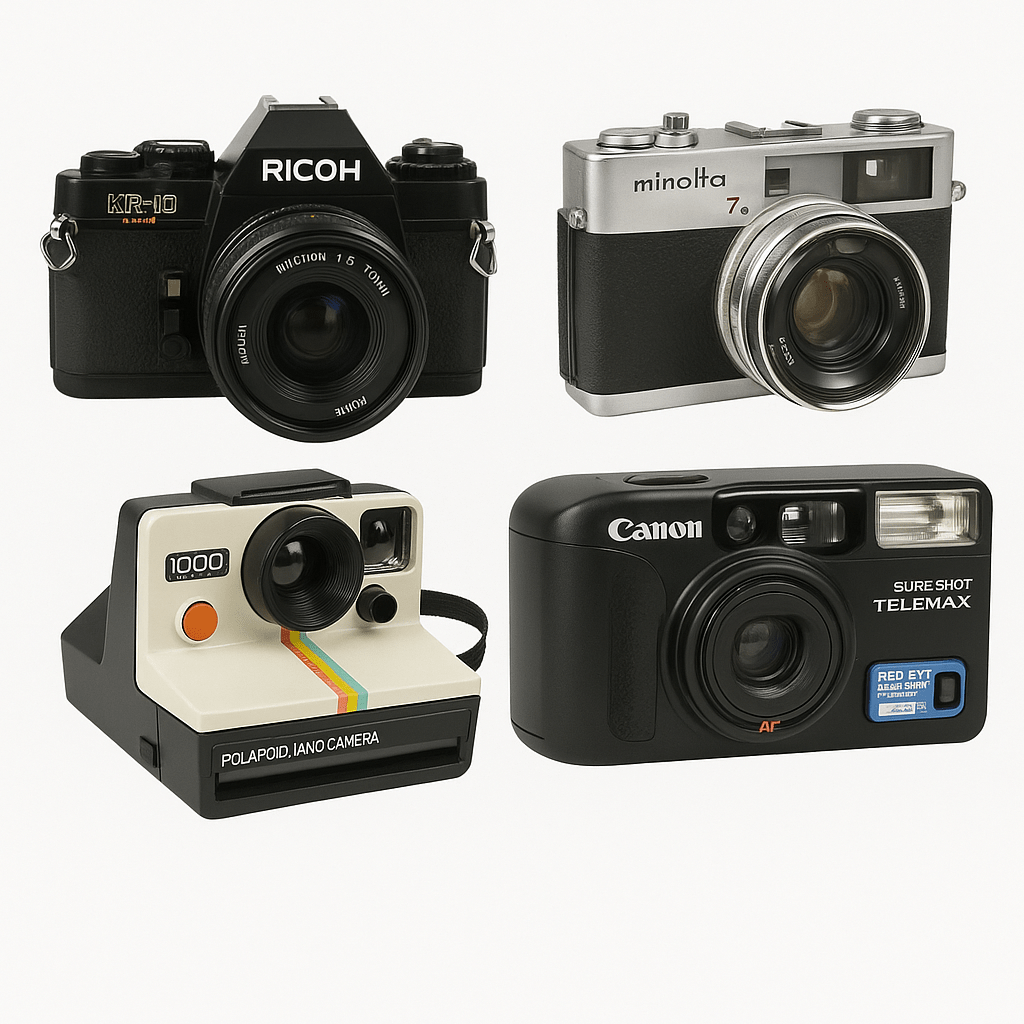
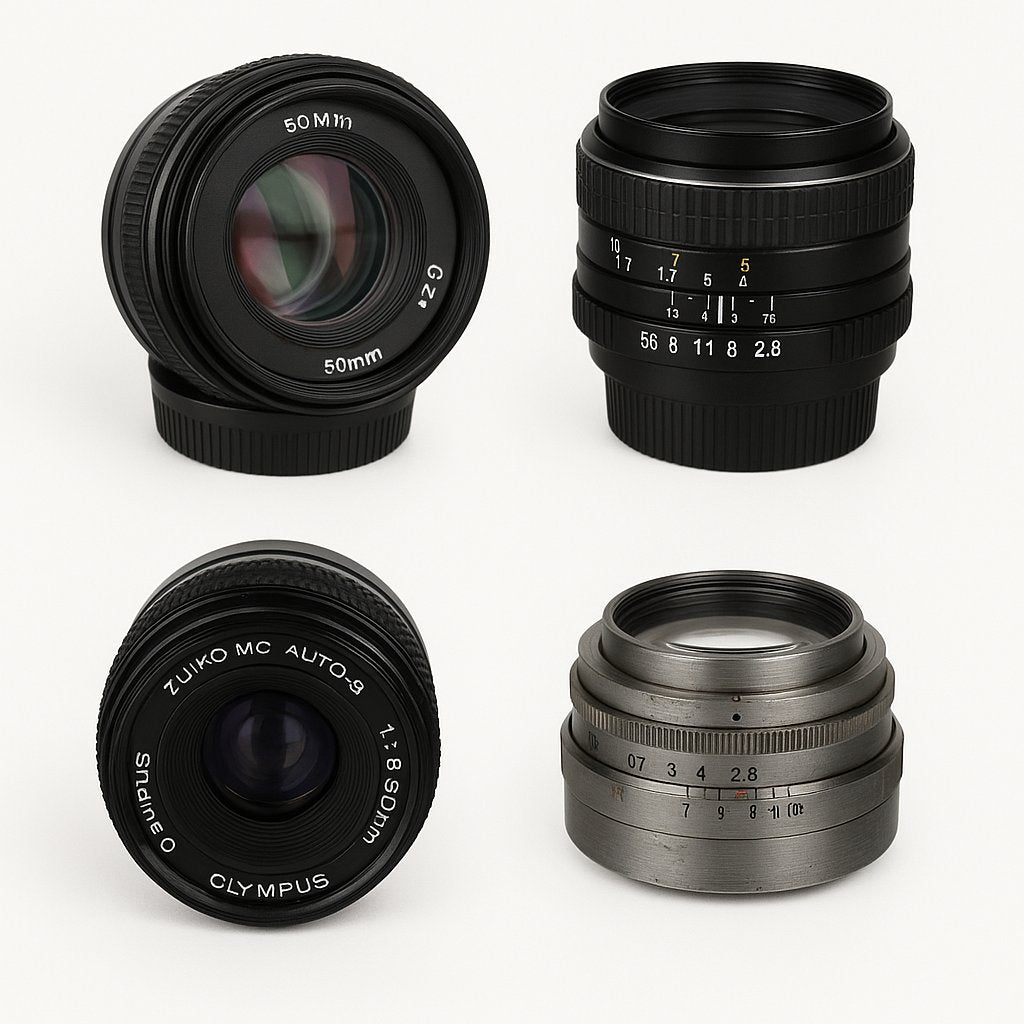
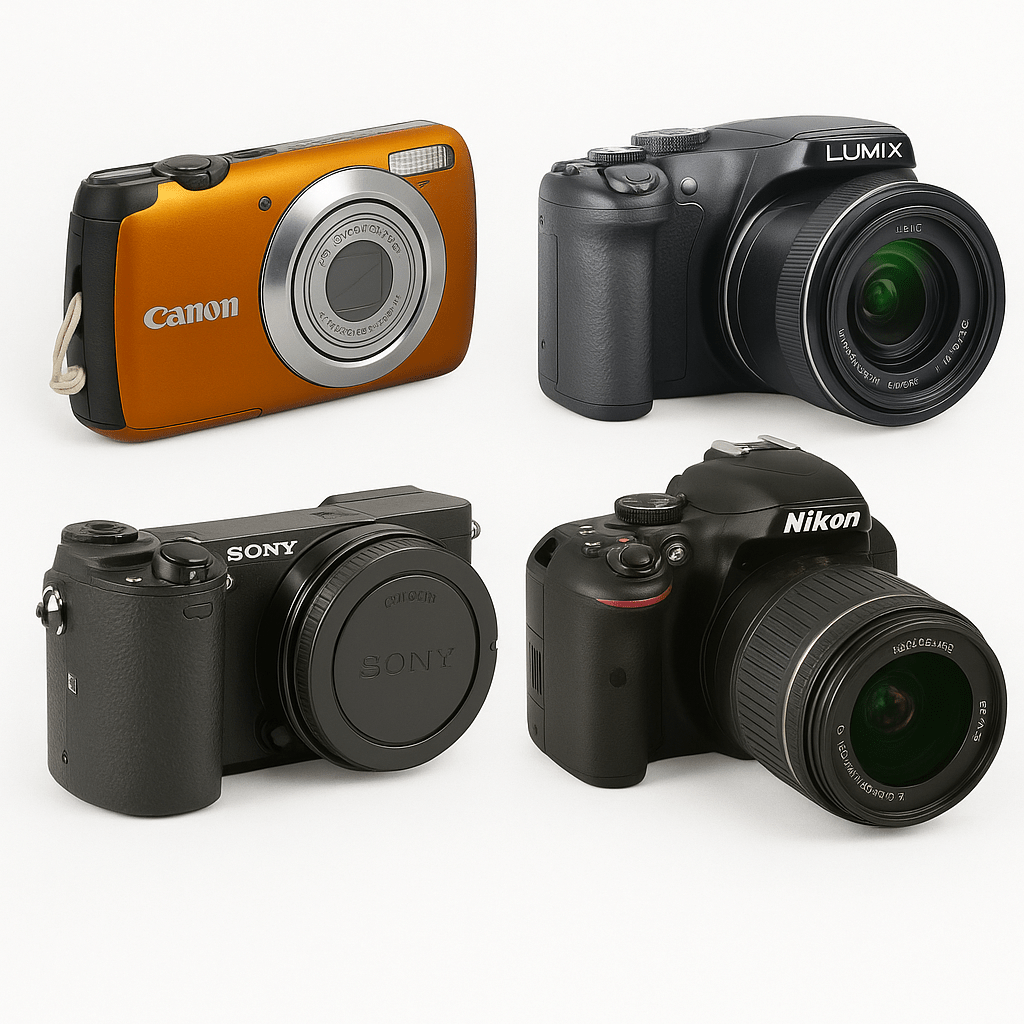
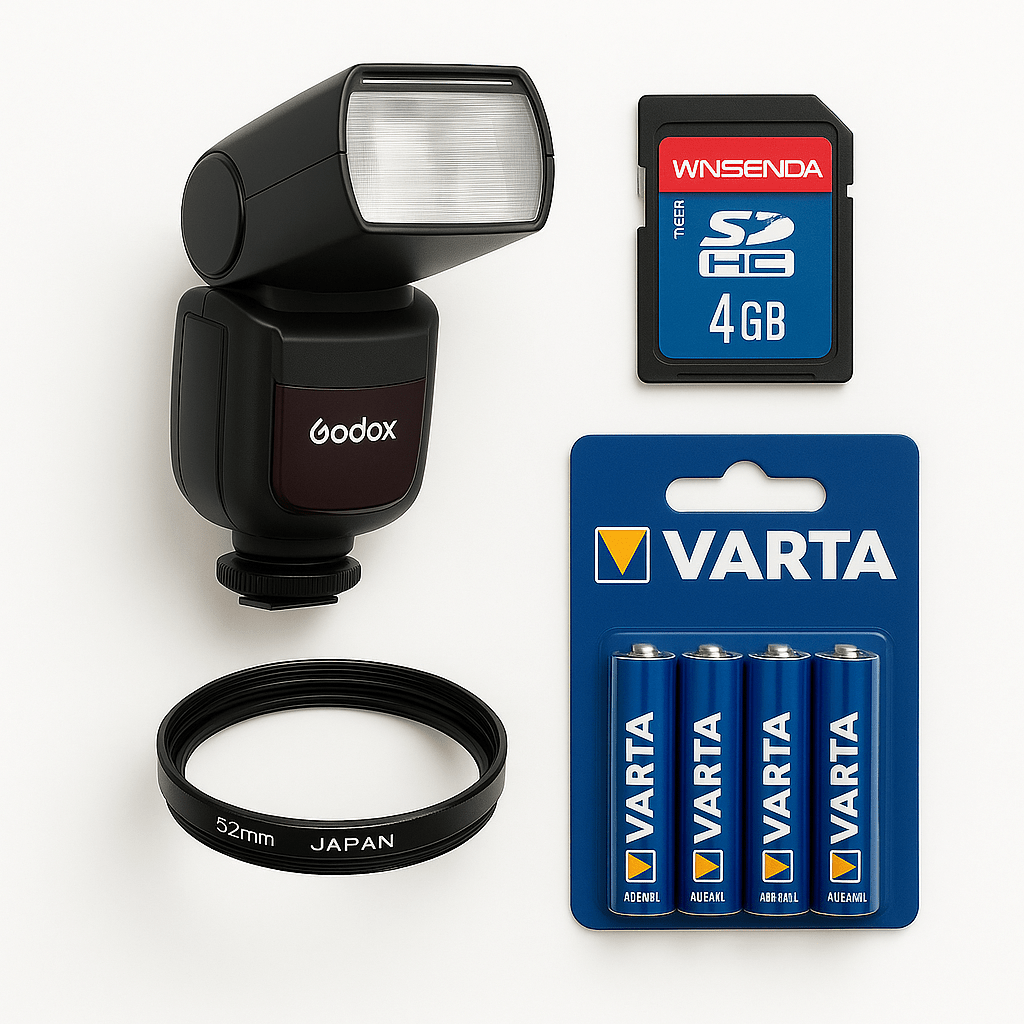
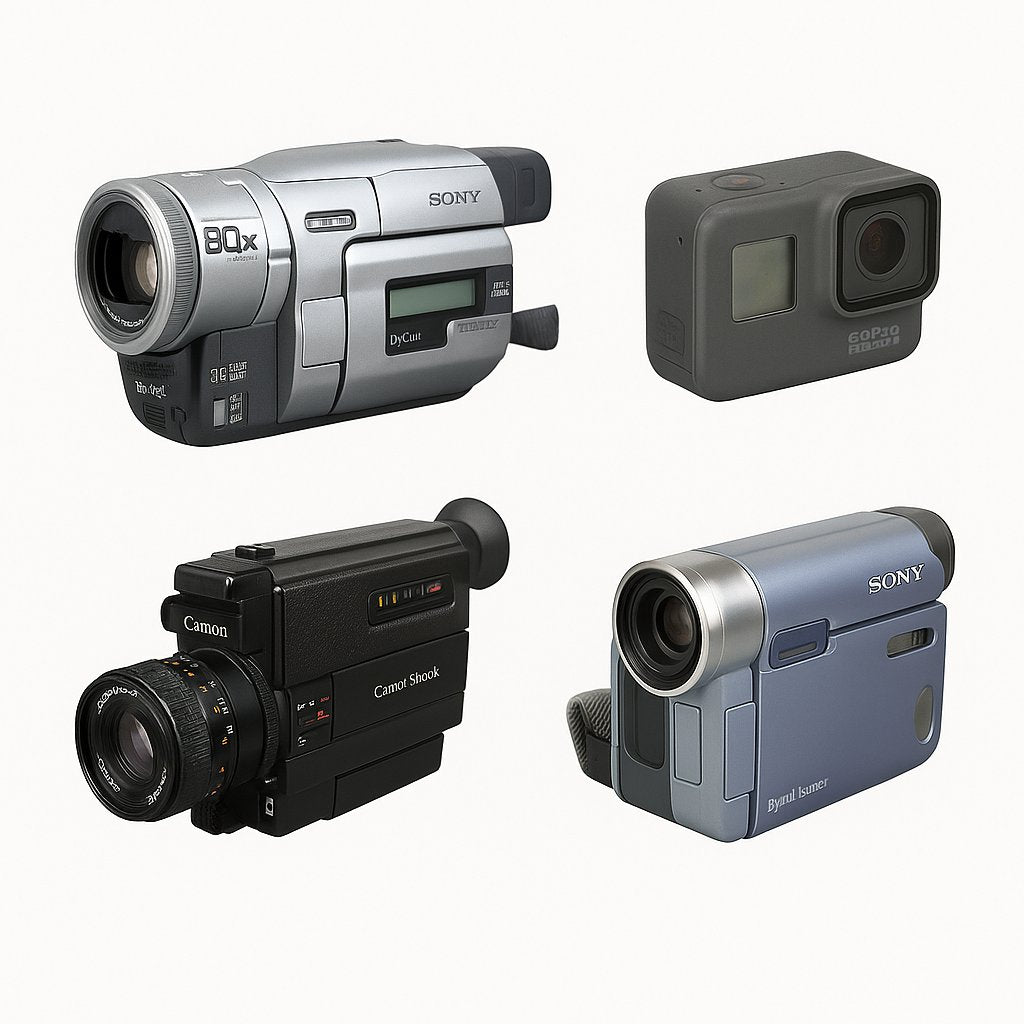
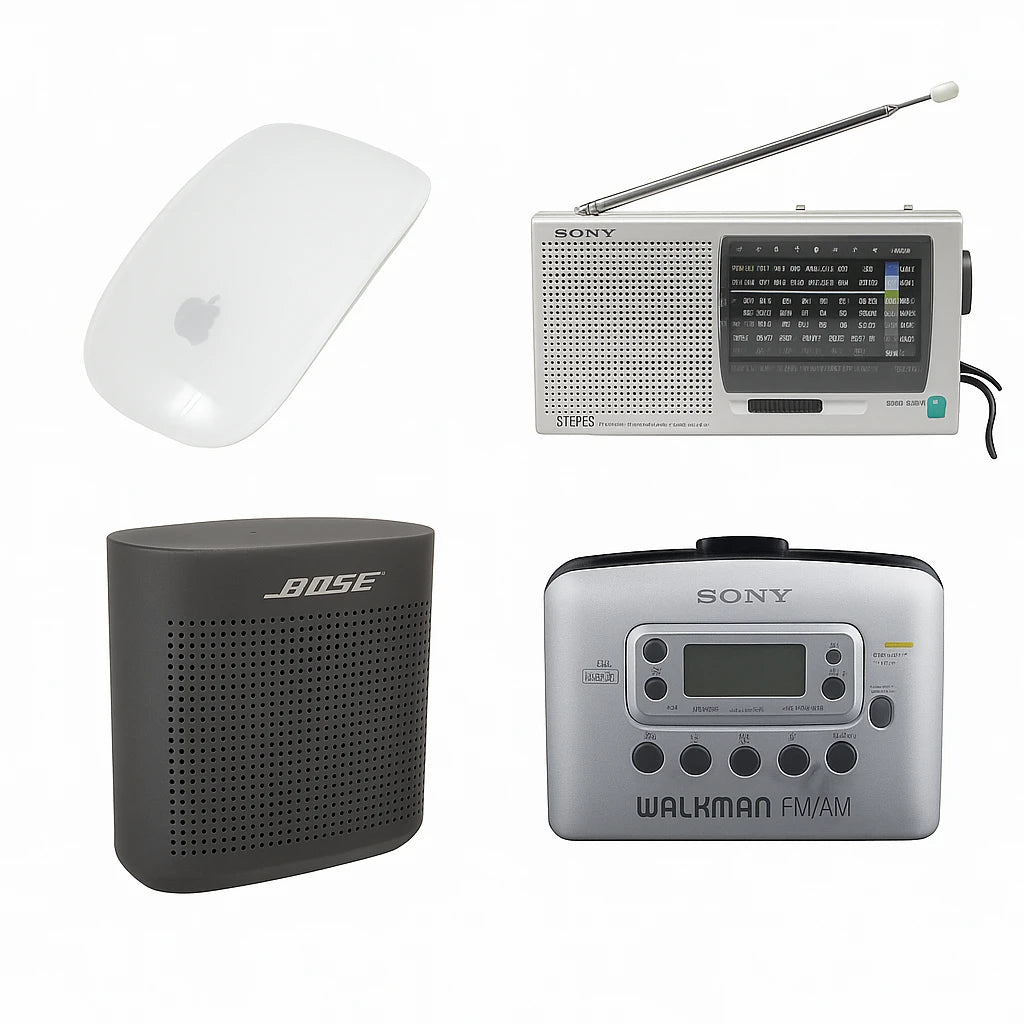
0 comments